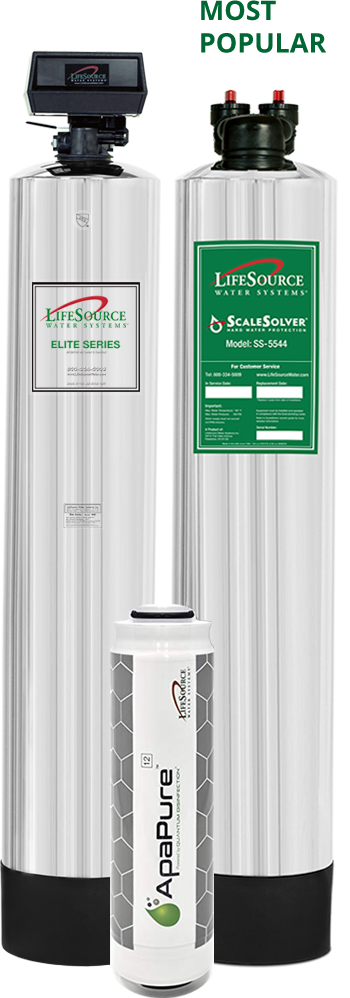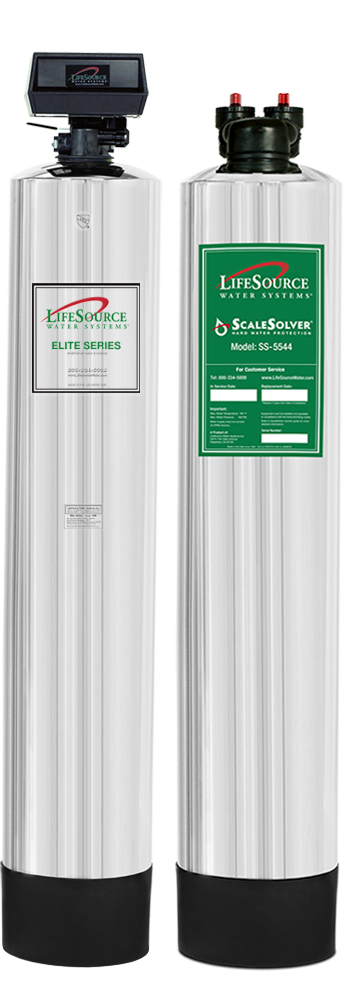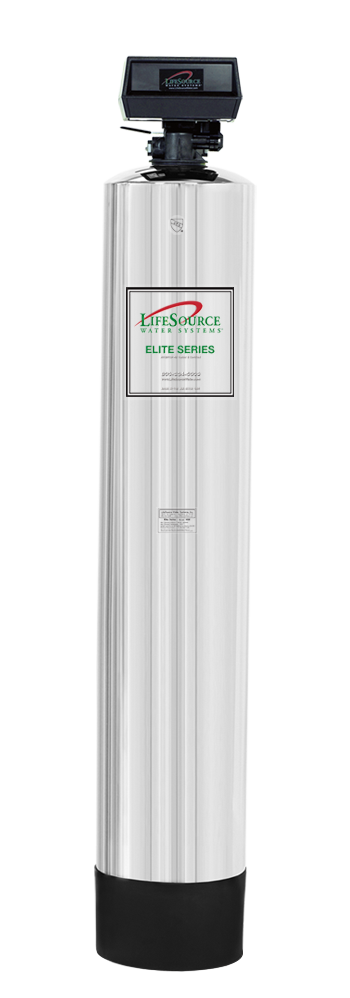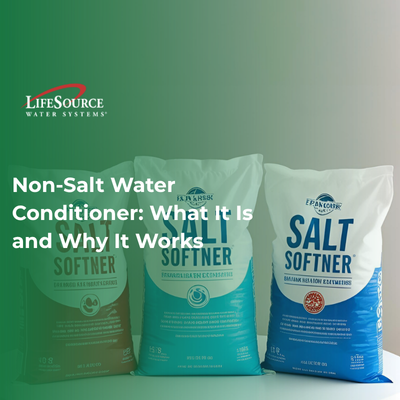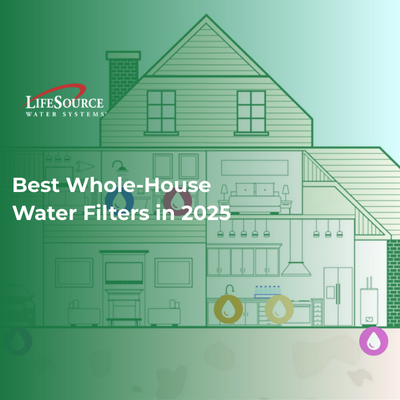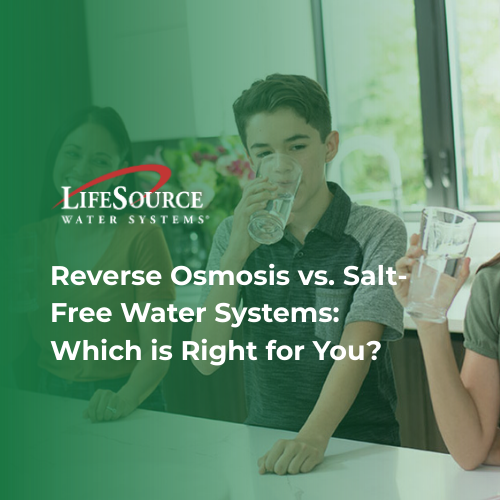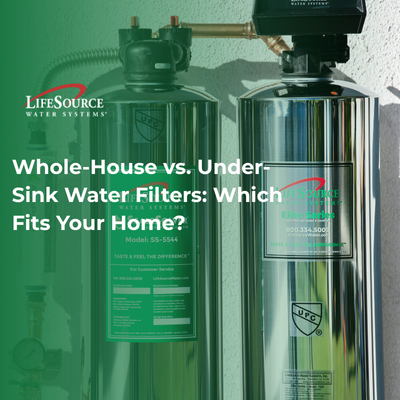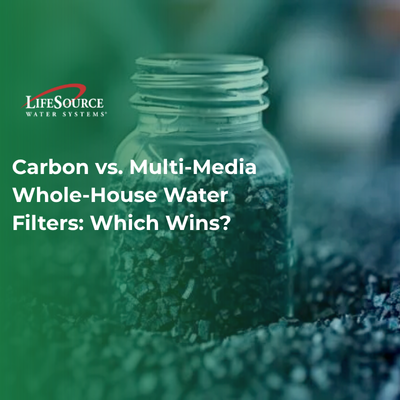
The Best Whole House Water Filters for Your Home
Quick Answer:
When choosing the best whole house water filter, most homes benefit from a catalytic carbon system paired with a sediment pre-filter. This combination removes chlorine, chloramines, odors, and organic contaminants while protecting appliances and plumbing from sediment buildup. It delivers clean, great-tasting water from every tap—without the hassle of salt or filter replacements.
Why this combo is the best whole house water filter for most homes
Catalytic carbon targets disinfectants (chlorine/chloramines) and organic byproducts that affect taste and odor, while a sediment pre-filter traps sand, silt, and rust that can clog fixtures and reduce flow. Together, they provide whole-home protection, low maintenance, and long service life—strong performance without over-engineering.
Searching for the best whole house water filter can be overwhelming. With dozens of brands and models promising clean water, it’s easy to lose sight of what truly matters: performance, reliability, and long-term value.
Whether you're looking to improve taste, reduce contaminants, or extend the life of your appliances, this guide will walk you through the most important features to consider. Plus, we’ll show you how LifeSource Water Systems compares to other top-rated home water filtration systems.
What Makes a Water Filter the Best for Whole Homes?
The best systems go beyond just filtering your drinking water. A true whole house water filtration system treats water at the point of entry, meaning every tap in your home delivers cleaner, better water.
Look for systems that offer:
- Full-home coverage: Protect every faucet, not just your kitchen sink.
- Contaminant removal: Effective filtration of chlorine, chloramines, VOCs, sediment, and microplastics.
- Consistent flow rate: Especially in larger homes or those with multiple bathrooms.
Clean, filtered water should be something your entire household benefits from, every day, in every room.
Features to Compare: Flow rate, media quality, certifications, maintenance
If you’re comparing whole house filter reviews, these are the features that separate top performers from short-term solutions:
Certifications & Testing
Certifications give peace of mind that a system actually does what it promises. LifeSource systems are NSF/ANSI certified, meeting strict industry standards for contaminant reduction, structural integrity, and material safety.
Filter Lifespan
Some systems require new filters every 3 to 6 months. LifeSource offers systems certified to last up to 10 years with no filter replacements.
Maintenance Needs
Salt refills, regular servicing, and constant monitoring can make some systems more of a chore than a solution. LifeSource systems are virtually maintenance-free.
Environmental Impact
Traditional softeners waste water during regeneration. RO systems discharge gallons per gallon filtered. LifeSource uses no salt, no electricity, and generates no wastewater.
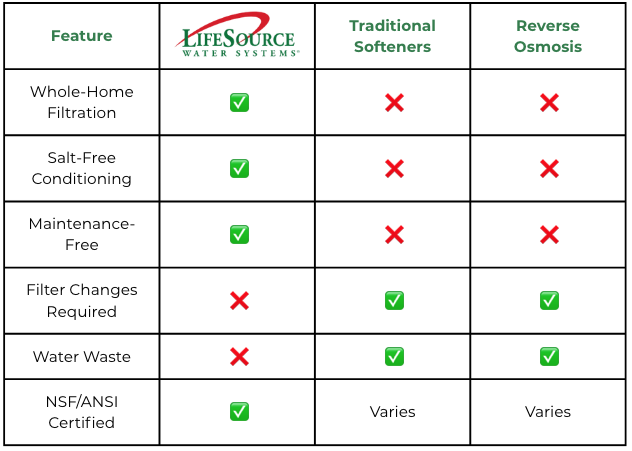
LifeSource vs. Other Leading Brands
LifeSource combines filtration and salt-free scale prevention in one powerful, certified system. With no salt, no filters to change, and industry-leading durability, it’s designed to simplify your water treatment experience, while protecting your home and your health.
How to Choose the Right Filter for Your Home
Not sure where to start? Let’s break it down.
Make sure the system is certified
Choose a company that backs its claims with third-party testing and NSF/ANSI certifications. It’s the best way to ensure you're getting real performance, not just marketing promises.
Identify the problem you’re solving
Are you concerned about chlorine? Hard water scale? Contaminants like sediment or microplastics? Understanding your main pain point will help match the right solution to your needs.
Talk to a LifeSource factory representative
In just 15 minutes, we can assess your water, your home size, and your goals, and give you a personalized system recommendation. No pressure, just clean answers.
Still doing your research? Start with your municipal water quality report or consider a home test kit. And if you’re on well water, we’ll help you address things like bacteria and sediment as well.
FAQs
What’s the difference between GAC and catalytic carbon?
Both are effective for taste/odor and organics; catalytic carbon is better for chloramine reduction.
What flow rate do I need for a whole?house filter?
Size for peak demand. Many 1–3 bath homes need ~10–15 gpm; larger homes may require higher flow.
Will a whole house filter remove lead or PFAS?
Not all do. Look for systems tested to relevant NSF/ANSI standards or use point?of?use where appropriate.
Do I still need reverse osmosis?
Optional at a single tap for taste or specific contaminants; whole house filtration improves water throughout the home.
How often do I replace media?
Sediment pre?filters often 3–6 months; carbon media can last several years depending on water quality and usage.

